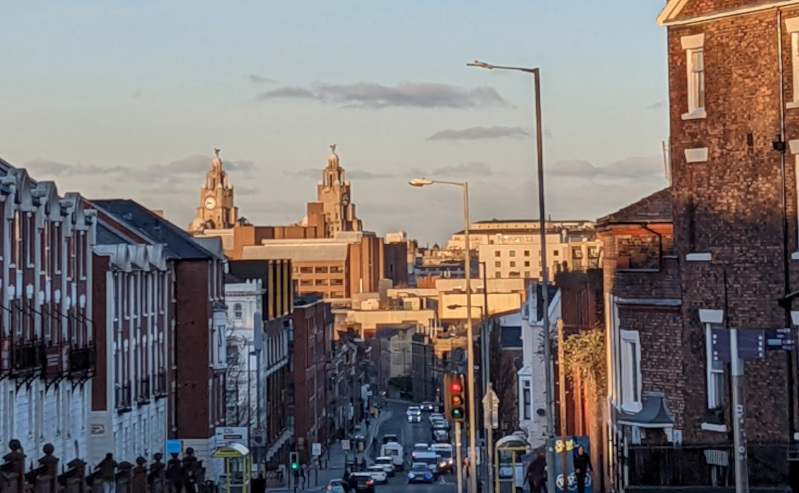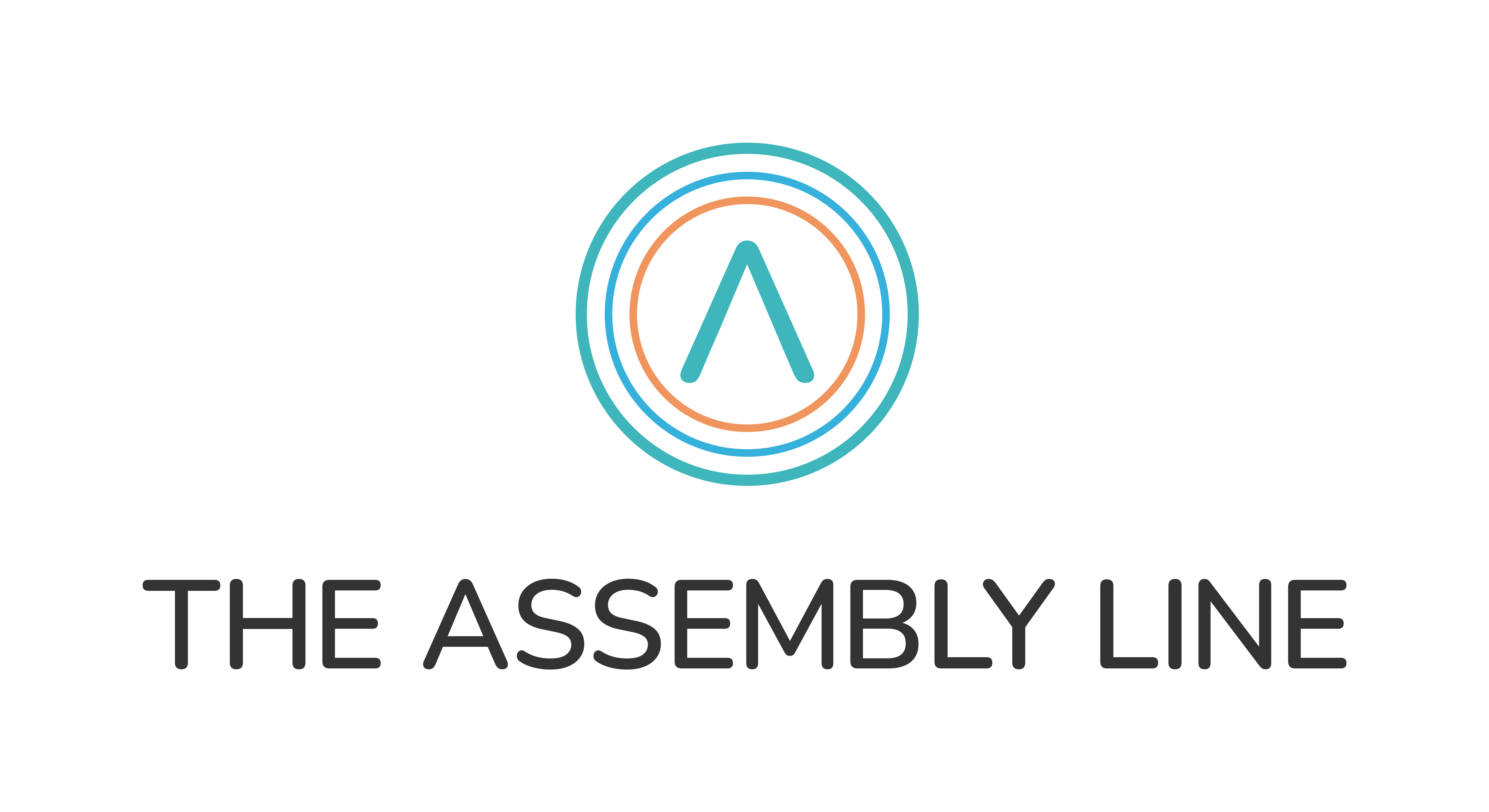
29 Apr Addressing challenges in the built environment
The image shows an unchanged view of Liverpool over the years yet the city and this area has changed enormously. The view is not about looking back but in considering how the old and new work together. Particularly post-Covid it’s not all about reinvention and dismissing the past, it’s about taking what we’ve learnt and adapting.
———-
Recently we were asked by PLACED, a social enterprise engaging with people across the north west, to reflect on changes to the built environment to mark their 10th birthday.
Having recently moved to Liverpool this provided us with an opportunity to reflect on the differences between London and the north west. The series of 10-year celebratory blogs continues on PLACED’s website.
Discovering PLACED
I came across PLACED on social media and was interested in how they were engaging people across the north west in their work. There are shared interests where I engage with business owners and market traders and PLACED more with community, residents and young people.
In 2021 we were able to collaborate and bring PLACED’s experience to a wider audience where young people from their programme took part in a London Society event on what cities can offer younger people and how they can shape it. The PLACED participants were confident young people and inspiring in how they were able to share their views.
What the biggest challenges might be for our built environment over the next ten years
Thinking back over the last 10 years, it’s been a time of change in many places, but not all have been successful, opening up a bigger gaps between those that are and those that are falling behind.
In 2012, The Olympics were taking place near where I lived in London and there was a sense of optimism. The development of the former Olympic Park is perhaps a good example of how much places can change over a decade. In Liverpool The Giants visited continuing to build on the 2008 City of Culture legacy.
Some places are now unrecognisable (compared to 10 years ago) – there are parts of London that were in the early stages of change, that have now been supercharged into unaffordable areas and new areas of Manchester city centre exist that didn’t previously, yet in other places, change has had a negative impact, with an increase in derelict sites and empty premises.
It feels like high streets, town centres and the public realm have never had more attention than they do now. It started pre-Covid with a rallying cry to ‘save our high streets’ and now numerous funding programmes have been lavished on them, but it’s not a quick fix and challenges remain around:
- Build quality – Buildings continue to be demolished (despite retrofitting being shown to more sustainable) even though they are increasingly not very old. We must learn form the cladding issues and permitted development rights (PDR) that better build quality is in everyone’s interests.
- Car dependency – More thought needs to go into what’s built where whether it’s houses, offices or leisure. It’s not feasible to keep building car-dependent estates on the edge of towns in the rush to create (much needed) housing. It’s not practical to ask people not to drive yet not offer them a viable alternative. In Liverpool, there are currently no bus lanes (they were removed!), few bike lanes, major junctions with no pedestrian crossings and cars parked everywhere making it feel quite hostile as a pedestrian.
- Creating multifunctional spaces – The ‘death of the office’ headlines we saw during the pandemic seem premature, but we can’t keep building huge towers with only one purpose (or student accommodation)
- A whole place approach – I’d like to see a move away from piecemeal development and filling in gaps to consider how a place might work. What’s next to it, how is the pavement/road used etc rather than building a tower in a gap (thinking of this one in Manchester…). It can be complicated based on ownership etc but this would perhaps create a better legacy and attract wider interest around vacant sites
- Levelling up – Lacking substance so far in its meaning but there are many things I took for granted that don’t exist outside the capital. It’s surely not right that only now, in 2022, regions outside London are having to untangle bus regulation (deciphering the fare structure is a minefield). Public transport is widely used in London because it’s quicker and often cheaper than using a car. There needs to be more support available to places outside London to deliver changes to the public realm and upgrade transport systems to make them a real alternative to driving. In streets of terraced housing, there is simply no room for more parked cars.
What PLACED and others can do to address these challenges.
I remember a meeting with Jo during lockdown 1 when we were wondering what would happen as all of our engagement had been face-to-face. Here we are two years on, with more routes to reaching people than before, with different results.
Online engagement has been a saviour and it will likely continue to be part of the mix but it’ll evolve and change again. Online often reaches people who wouldn’t come to an event and can offer more flexibility on timing; 1-1 video works well and can be good for larger sessions where breakout rooms are offered, but from my own experience, face-to-face still creates the best results. This is especially the case with small businesses, where seeing people in their business provides observational insights that can’t be gleaned elsewhere. The same applies to places and I’m grateful that I can now get out and about again.
We need to keep finding ways in which people can have a say in their neighbourhoods. Covid-19 has made people think more about the type of places they live in, the amenities they want and their connections to other places. In many ways they are more interested, compared to 10 years ago and I’m sure PLACED are already devising yet more ways to engage!
Find out more about PLACED on their website.

